Image of 1996 Chevrolet Blazer, Note: These illustrations use artistic license and may differ from actual historical models.
Performance Metrics
Fundamental Metrics
Emotional Appeal
MMP Rating
| Engine Specifications | |
|---|---|
| Engine: | 4.3L V6 |
| Displacement: | 262 cu in, 4294 cc |
| Horsepower: | 190-200 hp |
| Torque: | 250-260 lb-ft |
| Compression Ratio: | 9.2:1 |
| Ignition System: | Electronic |
| Cooling System: | Liquid-cooled |
| Performance Specifications | |
| 0-60 Time: | 9.5 seconds |
| 1/4 Mile Time: | 17 seconds |
| Top Speed: | 108 mph |
| Transmission and Drive | |
| Drive Type: | Rear-wheel drive (RWD) / Four-wheel drive (4WD) |
| Transmission Type: | 4-speed automatic |
| Fuel and Efficiency | |
| Fuel System Type: | Fuel injection |
| MPG: | 16 city / 22 highway |
| Dimensions and Brakes | |
| Brakes: | Front disc / rear drum |
| Wheelbase: | 100.5 in |
| Weight: | 3,900 lbs |
Note: Specifications for classic cars are given to the best of our ability, considering the limited and variant data available.
The Quintessential Mid-90s SUV: The 1996 Chevrolet Blazer
The 1996 Chevrolet Blazer stands as a testament to the era when sport utility vehicles began their ascent to automotive stardom. Born from the sturdy loins of General Motors, the Blazer was a vehicle that offered a blend of ruggedness and family-friendly utility. As the SUV market burgeoned, the Blazer found its footing among suburban driveways and off-road trails alike. Notably, the '96 model marked the beginning of the end for this particular Blazer generation, making it a swan song of sorts for a beloved design.
Design and Innovation
With its boxy silhouette and commanding presence, the 1996 Blazer was unmistakably a child of its time. Its exterior styling was characterized by a bold grille, square headlights, and a stance that suggested both durability and adventure. Inside, the cabin was a mix of utilitarian function and comfort, with materials that stood up to the rigors of daily use. For its era, the Blazer boasted technological features such as electronic shift-on-the-fly four-wheel drive and an optional overhead console that included a compass and outside temperature display. While color options ranged from conservative to vibrant, shades like Dark Cherry Red Metallic and Emerald Green Metallic were among the popular picks. The four-door model proved to be the most iconic, offering ample space for passengers and cargo alike.
Historical Significance
The Blazer didn't just ride the wave of SUV popularity; it helped create it. This vehicle helped bridge the gap between the rugged off-road warriors and the emerging demand for family-friendly versatility. Its design influenced a generation of SUVs that followed, setting the stage for a market that continues to thrive decades later.
Performance and Handling
Under the hood, the '96 Blazer was equipped with a Vortec 4300 V6 engine that provided a respectable balance of power and efficiency. While not a speed demon by modern standards, it delivered enough gusto for most drivers' needs. The vehicle's top speed and acceleration were adequate for its class, with a 0-60 mph time that wouldn't leave drivers wanting on most on-ramps. Handling was solid, if not particularly sporty, with a suspension tuned more for comfort than cornering prowess. Drivers could expect a ride that was smooth on highways yet capable enough to tackle moderate off-road challenges.
Ownership Experience
The Blazer was often seen as a jack-of-all-trades vehicle. It served as a reliable daily driver, an occasional off-roader, and even as a tow vehicle for small trailers. Maintenance was generally straightforward, making it a good choice for those who preferred to handle their own repairs. However, like many vehicles of its time, it faced some reliability issues that owners should be mindful of.
Fun Facts
The 1996 Blazer holds its own share of trivia. For instance, it was one of the first vehicles in its class to offer a driver-side airbag as standard equipment—a nod to the growing importance of safety in vehicle design. While not known for breaking speed records or being a celebrity favorite, it carved out its niche as a dependable and versatile SUV.
Collector's Information
Today, the 1996 Chevrolet Blazer is more of a nostalgic relic than a high-value collector's item. With production numbers in the hundreds of thousands, it's not particularly rare, but well-maintained examples can still fetch a modest sum. Values can vary widely based on condition, mileage, and options, with prices typically ranging from a few thousand dollars for a well-used model to perhaps double that for one in excellent condition.
Conclusion
The 1996 Chevrolet Blazer may not be the flashiest or fastest classic car on the block, but it holds an important place in automotive history. As one of the harbingers of the SUV craze that would dominate subsequent decades, it offers a glimpse into an era when versatility began to take precedence on the American road. For those who owned one or simply remember them fondly, the '96 Blazer remains an enduring symbol of 90s automotive culture.
1996 Chevrolet Blazer Catalog of Parts
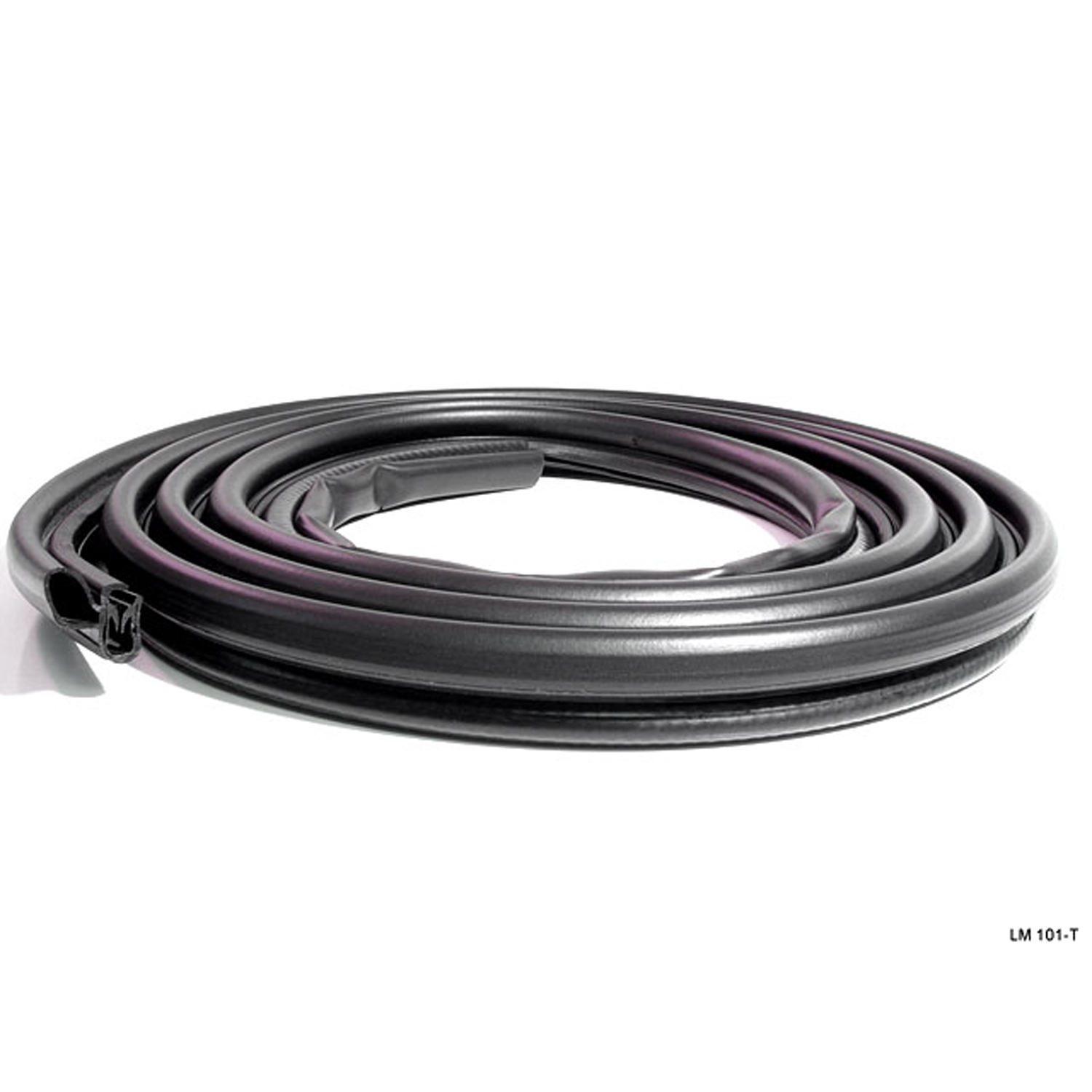 1996 Chevrolet Blazer Door seal. (Imported)-IS-LM 101-TDoor seal. (Imported). Replaces the front left- and right-side door seal (located on the body) for the old style '88-'02 Chevrolet and GMC C/K 1500/2500/3500 series standard, extended cab and quad (crew) cab pickup trucks except front right side on extended cab models with access door. Replaces front left- and right-side door seals (on body) for '92-'00 Chevrolet Blazer/Tahoe, GMC Yukon, Cadillac Escalade and '92-'99 Chevrolet Suburban ' except front right side on extended cab models with access door. Replaces OEM# 15758703. Each.
1996 Chevrolet Blazer Door seal. (Imported)-IS-LM 101-TDoor seal. (Imported). Replaces the front left- and right-side door seal (located on the body) for the old style '88-'02 Chevrolet and GMC C/K 1500/2500/3500 series standard, extended cab and quad (crew) cab pickup trucks except front right side on extended cab models with access door. Replaces front left- and right-side door seals (on body) for '92-'00 Chevrolet Blazer/Tahoe, GMC Yukon, Cadillac Escalade and '92-'99 Chevrolet Suburban ' except front right side on extended cab models with access door. Replaces OEM# 15758703. Each.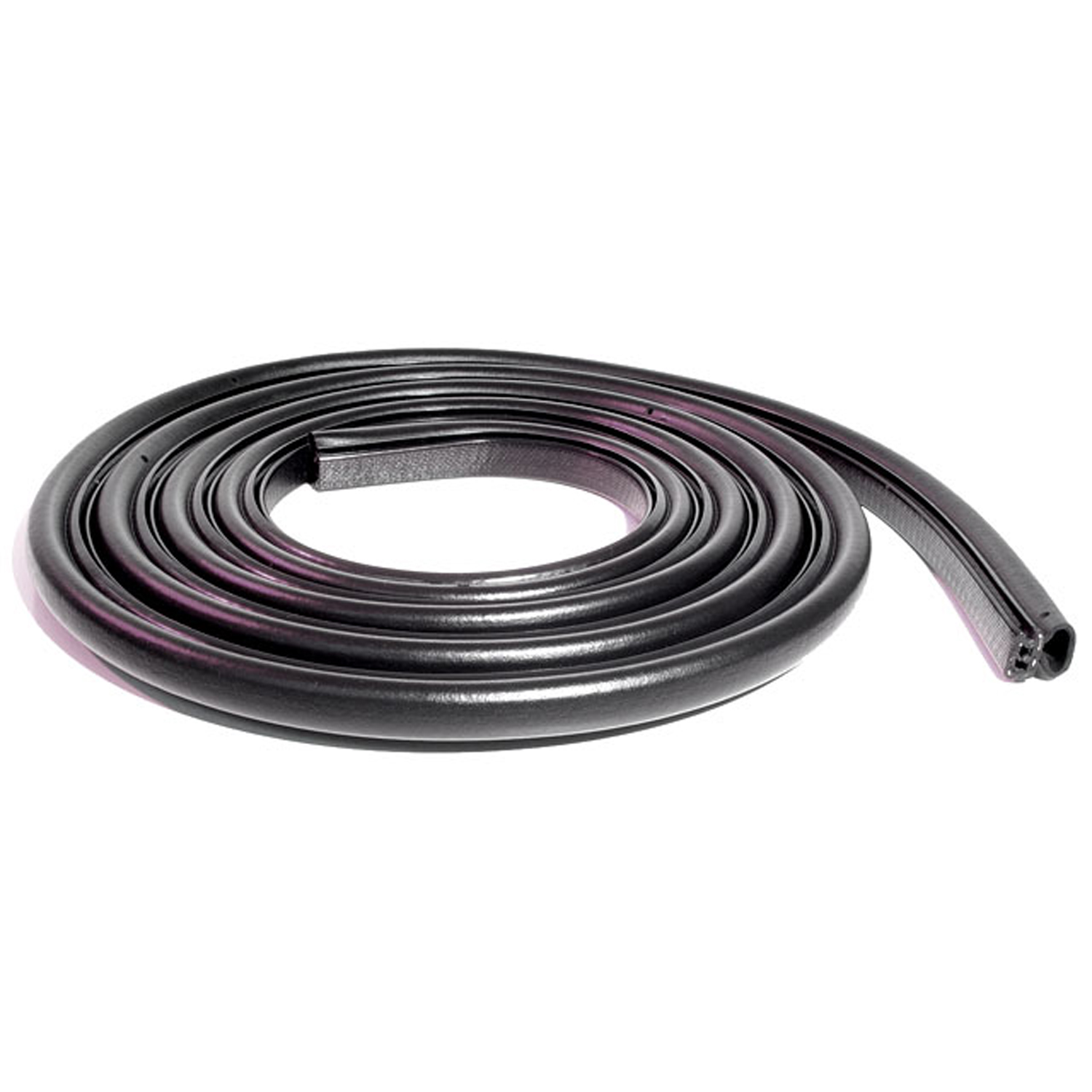 1996 Chevrolet Blazer Front Molded Door Seal. Fits either side. Each-LM 120-TFront Molded Door Seal. Fits either side. Each
1996 Chevrolet Blazer Front Molded Door Seal. Fits either side. Each-LM 120-TFront Molded Door Seal. Fits either side. Each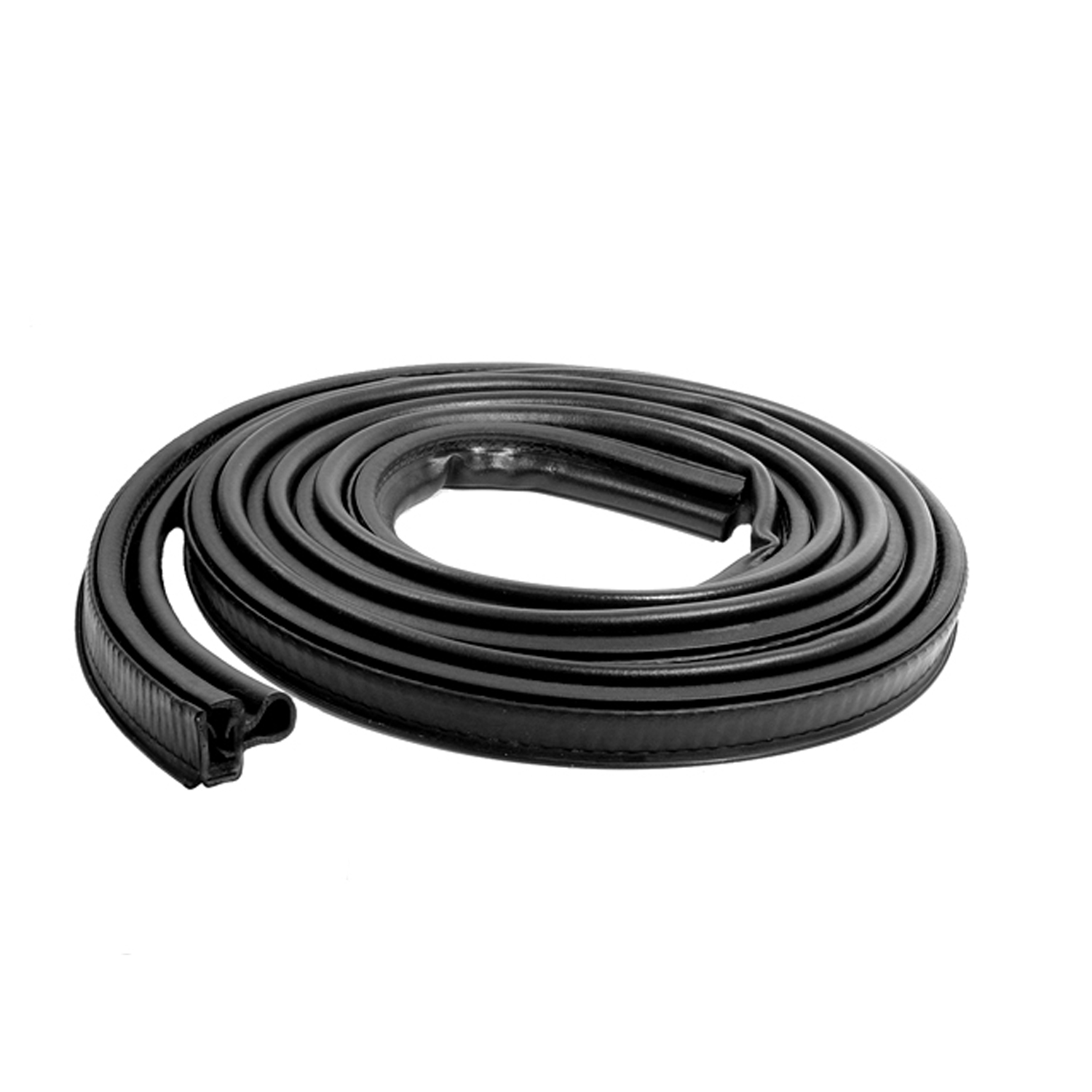 1996 Chevrolet Blazer Rear Door Seal. Fits rear left and right side. Each-LM 120-URear Door Seal. Fits rear left and right side. Each
1996 Chevrolet Blazer Rear Door Seal. Fits rear left and right side. Each-LM 120-URear Door Seal. Fits rear left and right side. Each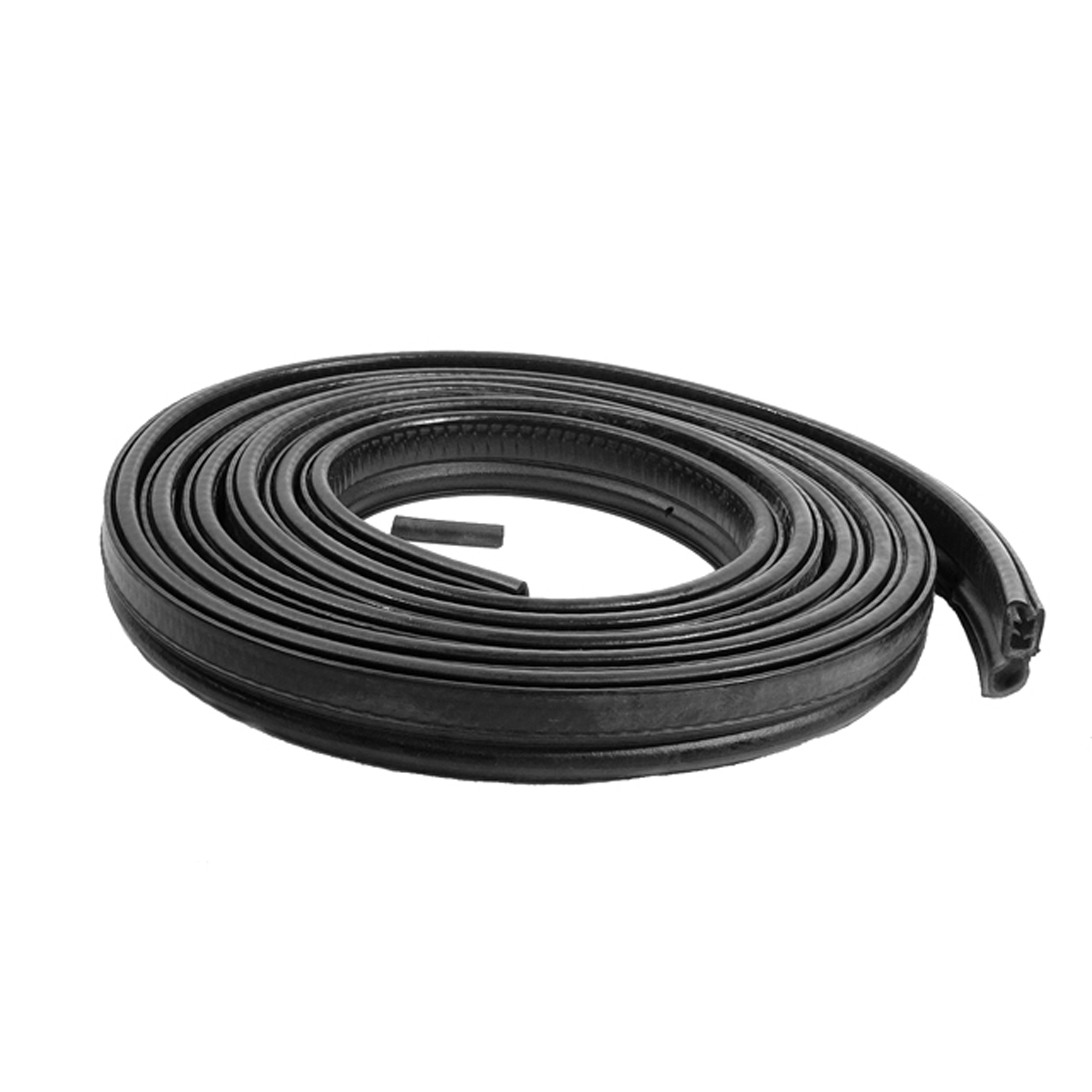 1996 Chevrolet Blazer Liftgate seal. Fits 2-door without full liftgate-TG 10-BLiftgate seal. Fits 2-door without full liftgate. Replaces OEM# 15735059. Each.
1996 Chevrolet Blazer Liftgate seal. Fits 2-door without full liftgate-TG 10-BLiftgate seal. Fits 2-door without full liftgate. Replaces OEM# 15735059. Each.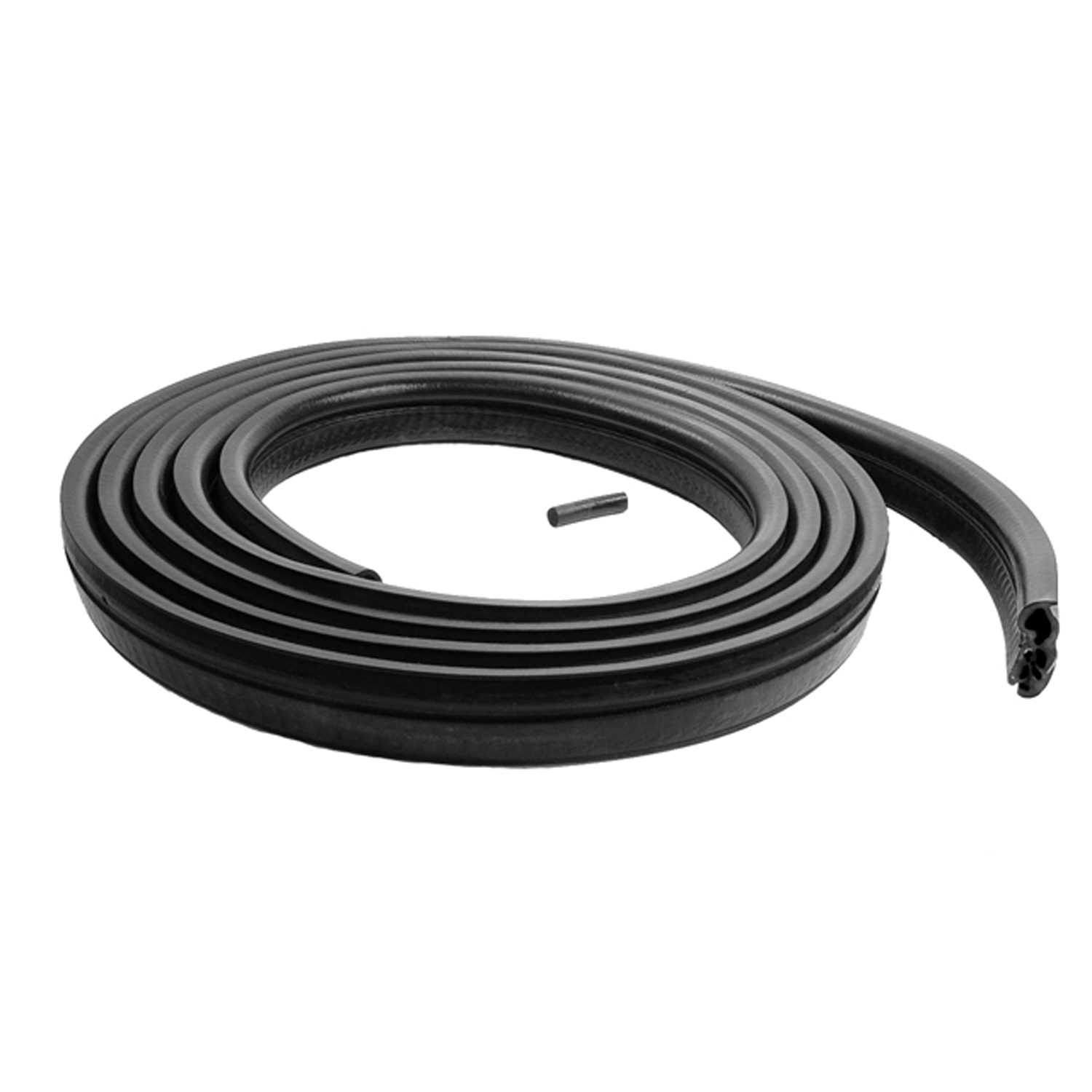 1996 Chevrolet Blazer Liftgate seal. Fits 4-door without full liftgate-TG 10-CLiftgate seal. Fits 4-door without full liftgate. Replaces OEM# 15735058. Each.
1996 Chevrolet Blazer Liftgate seal. Fits 4-door without full liftgate-TG 10-CLiftgate seal. Fits 4-door without full liftgate. Replaces OEM# 15735058. Each.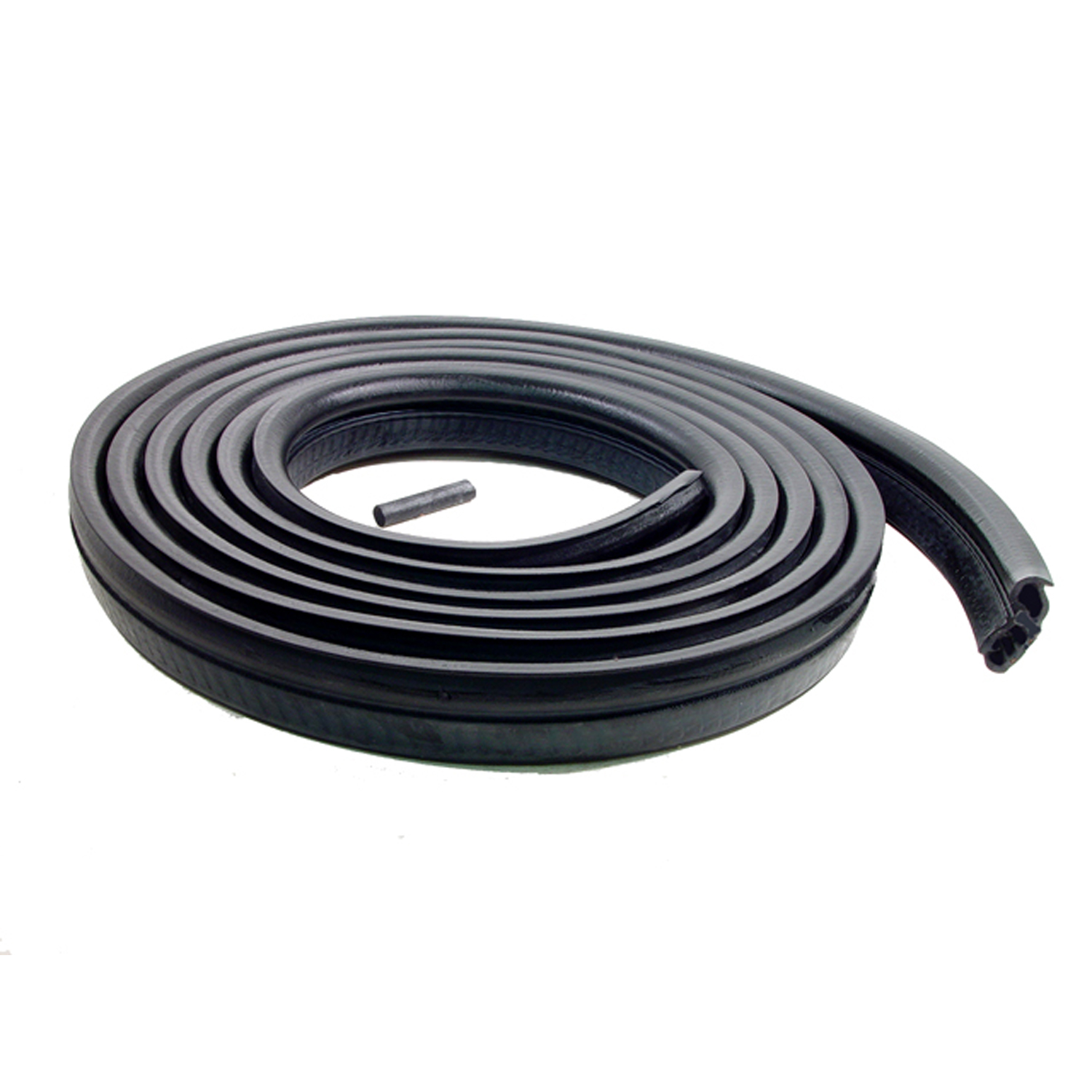 1996 Chevrolet Blazer Liftgate seal-TG 10-DLiftgate seal. Fits 2-door or 4-door models with full liftgate. Replaces OEM# 15757213. Each.
1996 Chevrolet Blazer Liftgate seal-TG 10-DLiftgate seal. Fits 2-door or 4-door models with full liftgate. Replaces OEM# 15757213. Each.Why Choose Metro?
For over 100 years, Metro Moulded Parts has been the pinnacle of quality in classic car restoration parts. Our commitment to precision and authenticity in every component ensures a perfect fit and an OEM-level appearance.
- Expert Craftsmanship & Quality: Each part is a testament to our dedication to reliability and perfection, crafted from original designs and thoroughly tested.
- Advanced Technology: We use cutting-edge techniques to create flawless, long-lasting parts that surpass others in performance.
- SuperSoft Sponge – The Ultimate Door Seal: Not only are our door seals 30% softer than competitors', but they're also guaranteed to never leak. They effectively reduce wind and road noise, enhancing your classic car's comfort and driving experience.
- Proudly American: Our parts are a product of American craftsmanship, made in the USA with a spirit of excellence and heritage.
- Unrivaled Warranty: We back our products with a 30-year industry-leading warranty, a testament to our confidence in their quality.
Join us in preserving the legacy of classic cars with parts that are crafted for perfection, not just made.

